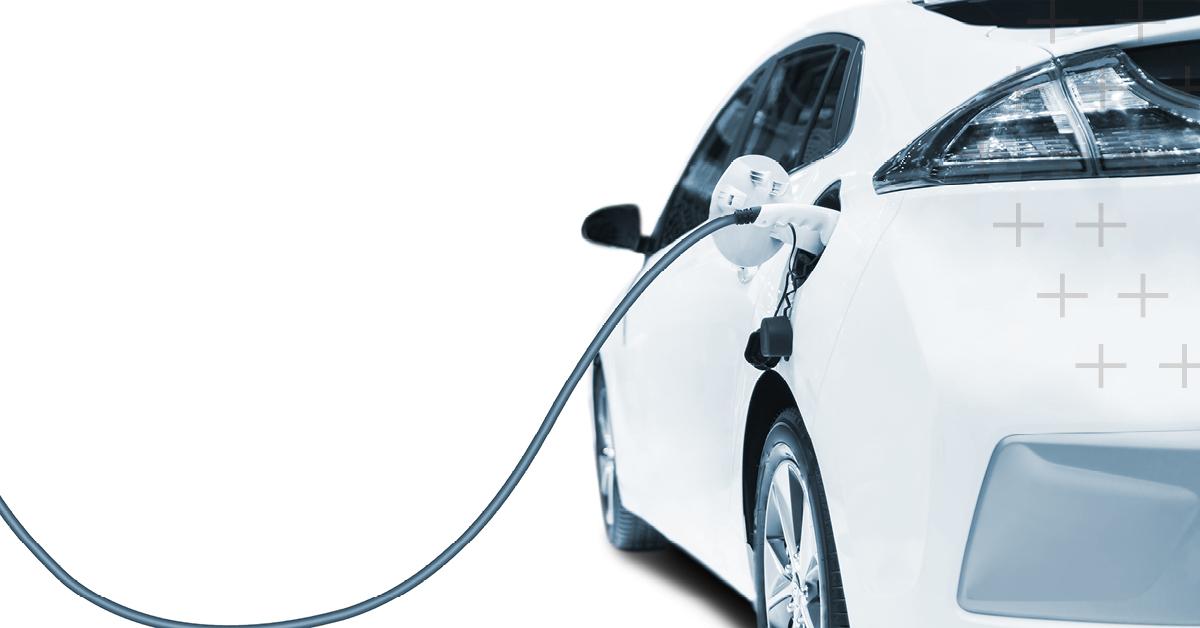
Electric vehicle frequently asked questions
Posted by Guest Blogger on April 18, 2022
What’s the difference between a BEV and a PHEV?
A Battery Electric Vehicle, or BEV, is a vehicle that runs completely on electricity. A Plug-in Hybrid Electric Vehicle, or PHEV, can run on either electricity or gasoline.
How much does an electric vehicle cost?
The cost of electric vehicles depends on multiple variables: the type, model and make. Most types of EVs are eligible for federal tax credits and other incentives which can help reduce the price paid. Shift to Electric has a detailed guide to the various types of EVs available, cost and other information.
Will I run out of charge on the road?
Many BEVs have a range of 250+ miles on a single charge. Research shows the majority of charging is done at home and BEV owners do not need to charge every day.
PHEVs run first on electric, and then switch to gas when the electric battery is used up. PHEVs typically run about 20-40 miles purely on electric.
Checking your charge range before you leave is the easiest way to ensure you have an adequate charge to reach your destination. Charging at home is convenient and helps you make sure there is enough charge to go to work, run errands or attend your kids extracurriculars.
If you’re planning a road-trip then you’ll need to put in a little extra work and map out where charging stations are located en route and the distance you can go between charges. There are many apps that can help with this planning process, the most commonly used include Google Maps, Plugshare, Chargehub, and Tesla (only for Tesla owners).
Will my electric bill increase?
Yes, your electric bill will increase. Charging at home is convenient and recommended to ensure you have an adequate charge, so you will see electric bills rise. But, this will be offset plus more, through the savings you’ll gain as your gas station stops decrease or are eliminated altogether. Many consumers who charge during Off-Peak hours (overnight) find they spend the equivalent electric cost of one tank of gas per month to charge their EV.
How can I reduce the cost of charging?
Wright-Hennepin (WH) offers two reduced-rate options through our Energy-Saving Programs (ESPs) for EV owners: a storage charge program and a time-of-use program. The storage program has a very low rate, but charging is restricted to certain times. The time-of-use program has more flexibility with charging at any time, but the price varies depending on day and time. See the charts below for a breakdown and learn more on our website.
How do I find rebates and tax credits?
You can find a variety of rebates and incentives for purchasing electric vehicles and charging equipment on the U.S. Department of Energy’s website.
In addition, WH offers a charging equipment rebate when you participate in an EV ESP. Rebates of $500 - $1,000 are available depending on your choice of charger. To learn if you qualify, visit our website.
Currently, WH is offering a special rebate for charging equipment through the Energy Wise MN Store, a one-stop shop of buying and installing EV charging stations. Visit the store to purchase a charging stationor call (763) 477-3000 to learn more.
